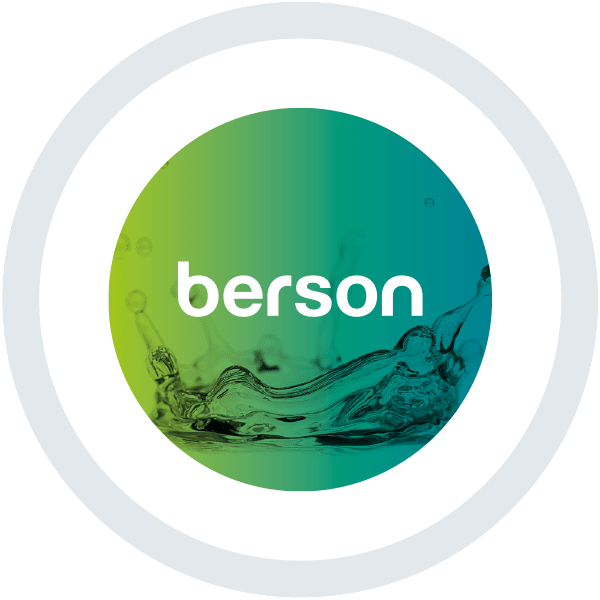How does Ultraviolet light disinfect?
Ultraviolet (UV) light is electromagnetic radiation that falls just outside visible violet light. Light visible to the human eye is made of radiation between the wavelengths of 740 and 380 nm. UV light comprises the 400 to 100 nm part of the electromagnetic spectrum, making it invisible to us. Categorically, UV light comprises four types of rays based on wavelength. These are:
- UV-A, between 315 and 400 nm, responsible for our tanned skin;
- UV-B, between 280 and 315 nm, responsible for Vitamin D synthesis and skin burns;
- UV-C, between 200 and 280 nm, used for disinfection purposes; and
- UV-V, between 100 and 200 nm, which is strongly absorbed by water and air, and can only be transmitted in vacuum.

Both UV-B and UV-C can harm cells and hence have disinfection capability. However, the extent of molecular damage by these two radiations is vastly different. UV-C rays are completely filtered out by atmospheric ozone, whereas UV-B rays form the major harmful component of natural sunlight. UV-B light can cause damage to human cells ranging from severe skin burns to skin cancer. It has also been found to affect the growth, development and reproduction of many plants and animals.

Although both UV-B and UV-C disrupt DNA molecules in a similar manner, UV-B does not have the ability to kill microorganisms efficiently. Microorganisms are much smaller in size than human cells and as a result require much smaller wavelengths of light to penetrate their cell structure. UV-C is ideal for this purpose. When UV-C rays penetrate a cell, they alter microbial DNA by thymine dimer formation. This creates a serious disruption in microbial replication and protein expression processes necessary for cell survival. A dose of UV-C radiation in the range of 0.5 to 20 J/m2 can cause complete cellular breakdown and subsequent death of the microorganism.
UV-C light is 99.99% lethal to bacteria and viruses and is hence used for disinfecting air, water and surfaces. Specifically, UV lamps are designed to emit a wavelength of 254 nm which has been found to cause the most extensive damage to microorganisms. For most disinfection purposes, this short wavelength, high energy UV light is emitted by using low- or medium-pressure UV lamps. For general disinfection purposes, low-pressure lamps are ideal as they produce low energy radiation and are hence energy efficient. Medium-pressure lamps, on the other hand, produce more energy causing the disruption of not only cellular DNA, but damage to the cell wall as well. Whatever the need, UV-C light is a proven means to efficiently disinfect substances and protect against pathogenic bacteria.
By Saumya Garg
Thanks for reading! Looking for more information on UV Disinfection? Click Here









